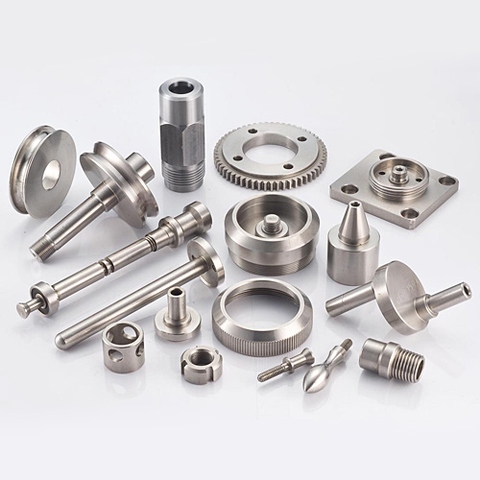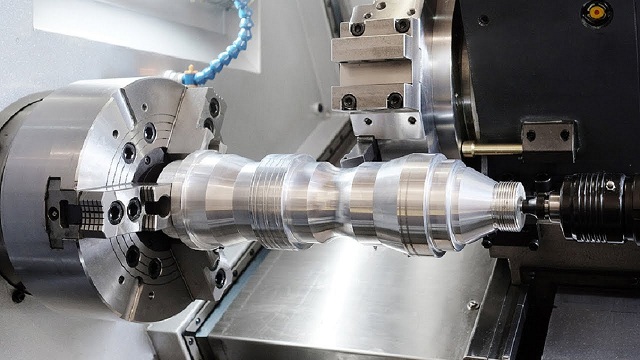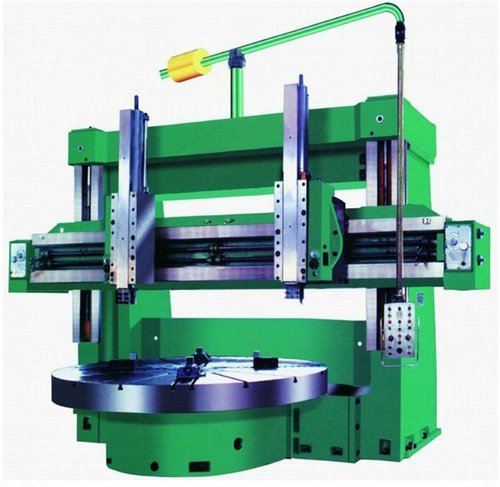What is CNC Turning? What is CNC Lathe?
What is CNC Turning? CNC Turning Definiciton
What is CNC turning? CNC Turning means that lathe machining is a part of machining. The turning machine mainly uses a turning tool to turn the rotating work piece. Lathes are mainly used for machining shafts, discs, sleeves and other work pieces with a rotating surface. Turning Lathe is the most widely used type of machine for producing hardware parts and machinery parts.
It is on the lathe that the shape and size of the blank are changed by the rotational motion of the work piece and the linear or curved motion of the tool, and it is processed to meet the requirements of the drawings.
Turning is a method of cutting a work piece on a lathe using a work piece relative to the tool rotation. The cutting energy for turning machining is mainly provided by the work piece rather than the tool. Turning is the most basic and common cutting method and plays an important role in production. Turning is suitable for machining rotary surfaces. Most work pieces with rotary surfaces can be machined by turning, such as inner and outer cylindrical surfaces, inner and outer conical surfaces, end faces, grooves, threads and rotary forming surfaces. The tools used are mainly turning tools.
Among all types of metal cutting machine tools, lathes are the most widely used category, accounting for about 50% of the total number of machine tools. The lathe can be used for turning work pieces with turning tools, drilling, reaming, tapping and knurling with drills, reamers, taps and knurling knives.
Simply put, turning, like other machining processes, is a material removal process. During turning, part of the initial material is removed. The machinery that carry out this process is called turning machine or lathe.

There are 2 types of CNC lathe or CNC turning machine
Horizontal CNC lathes/turning
Ordinary lathes are horizontal lathes that can produce various types of work pieces such as shafts, disks, rings, etc., and are often used to process the internal and external rotary surfaces, end surfaces and various internal and external threads of the work piece. Drilling, reaming, tapping, knurling, etc. Ordinary lathes are the most widely used in lathes, accounting for about 65% of the total number of lathes. Because their spindles are placed horizontally, they are called horizontal lathes.

Vertical CNC lathe/turning
The main axis of the vertical lathe is vertical and has a round table for mounting the work piece. Because the worktable is in a horizontal position, it is more convenient to align and clamp the work piece, and the gravity of the work piece and the work table is borne by the bed rail or thrust bearing, and the main shaft does not bend. Therefore, the vertical lathe is suitable for processing large discs and large and short sleeve parts.
The vertical tool rest on the vertical lathe can move along the crossbeam guide rail and the tool post seat guide rail for horizontal or vertical feed. The tool post base can be deflected by a certain angle for oblique feed. The side knife holder can move up and down along the column guide rail, and can also move left and right along the knife holder slide to achieve longitudinal or horizontal feed.

The 6 advantages of CNC lathe (CNC turning)
1. Higher processing precision and higher processing quality;
2. CNC machining can be multi-coordinate linkage, which can process complex shape parts;
3. CNC machining parts can be changed rapidly, generally only need to change NC program, which can save production time;
4. CNC lathe machining with higher precision and rigid, which can choose favorable processing dosage, high productivity (generally 3 ~ 5 times the common machine tool);
5. CNC lathe machining machine automation is high, can reduce manpower;
6. CNC lathe processing batch production, which make product quality easier to control;
Summay
What is CNC turning? This article introduce the definition of CNC turning and how does CNC lathe work.


